El Museo de Arte Ecológico: Las Piedras Marinas Soñadoras [Eco-art Museum of the Dreamy Marine Stones]Zóez (Gonzalo Barrios Pérez) (b. 1948)
About the Artist/Site
Born on Christmas Day to a family whose father was known as the poet of Galipán, after reaching his 18th birthday, Gonzalo dropped out of school and moved to the mountains in order to meditate. In 1967 he experienced a mystic sensation through which he believed he was able to comprehend the meaning of life and to discover his inner world. From that moment on, Gonzalo began to call himself Zóez, a word which in Greek and Hindu apparently signifies “life,” and which in Japanese is translated as “the origin of everything.”
Over the years, he has transformed his site in the mountains to an “ecological museum” that welcomes visitors and invites them to join him in his homage to women, who he views as the source of life. The museum utilizes a variety of natural resources and, in particular, marine stones gathered from the Caribbean Sea. Visitors to the Garden of the Dreamy Marine Stones are asked that they not request entrance unless they are accompanied by either a woman or children, and they are also asked to remove their watches and their shoes and socks at the entrance, in preparation for their “journey” through this most unusual garden. For many, this journey, described as a passport to life, often includes the creation of sculptures from rocks found on site, piled into regularly-changing monuments of various shapes and sizes, a task which requires patience in order to achieve the necessary equilibrium between unlike forms. These sculptures are left in the area known as “Nothingness and Gestation.”
The museum, which was inaugurated on June 30, 1986, is divided into two sections: the first, dedicated to women in general, and the second, dedicated to mothers, called “The Center of the Universe.” Within these spaces Zóez and his assistants have created a variety of “magical” monuments, all inspired by the natural world. These include pieces such as “Fertility,” “Monument to Light,” “Realization,” and more. The sculpture “Window to the World” provides a natural framework through which one can see the sea and the sky. In another area, visitors are encouraged to sit in a special place and think of three wishes as they hold a stone over their foreheads. In general, visitors are given free rein to do what they like in the garden, as long as it is positive and leads to achieving internal harmony.
Zóez’s museum can be linked to the Land Art movement that began in the 1970s, with its interest in ecological concerns and the creation of artwork within natural areas. Self-taught and without formal art or art history training, he strives to link his attempts to balance the stone assemblages with a search for inner equilibrium as well.
Complementing the garden is the hotel Posada de la Luna. Each room is differently appointed, but all incorporate marine rocks, with sculptural headboards and Zóez’s poetry inscribed on the wall. A restaurant featuring creative Venezuelan cuisine is located at the top of the complex. Weddings and other special events may be held here as well.
~Jo Farb Hernández, 2017
Contributors
Map & Site Information
San Antonio de Galipan, Vargas
ve
Latitude/Longitude: 10.5494588 / -66.8888403
Nearby Environments


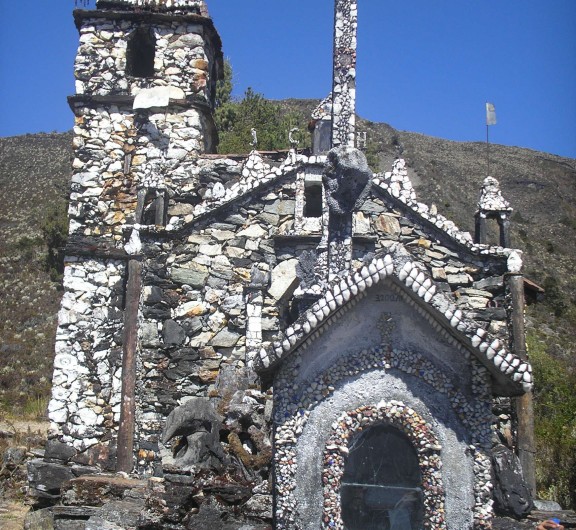
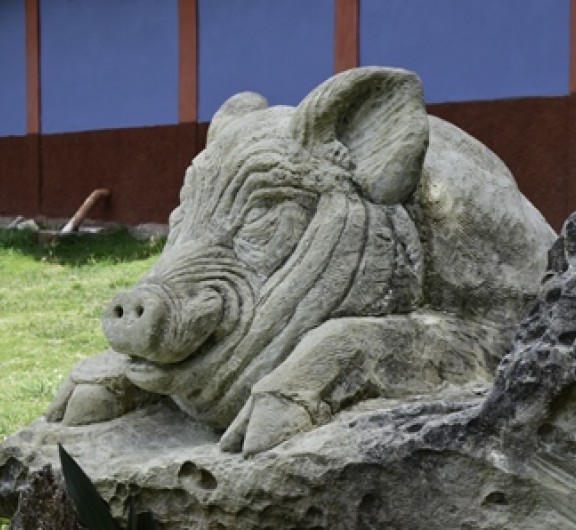
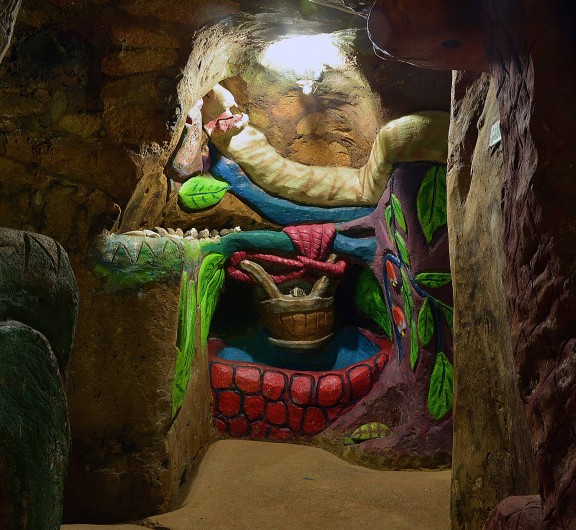
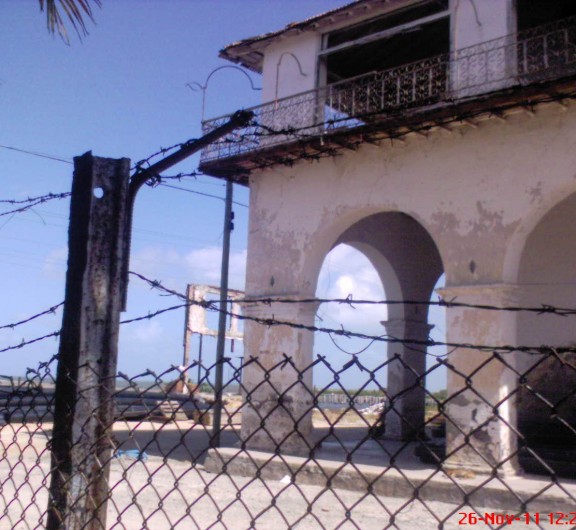
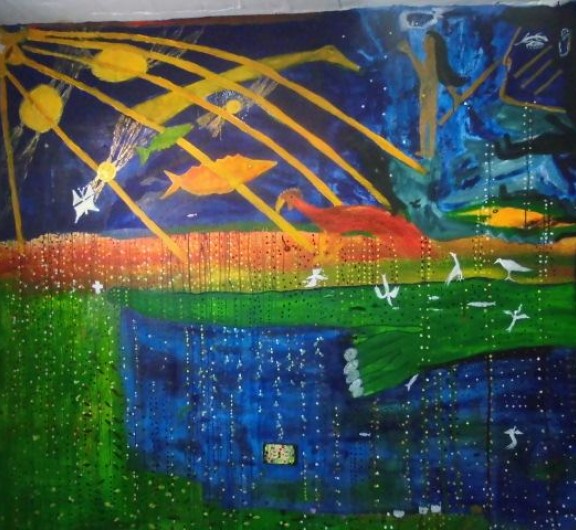
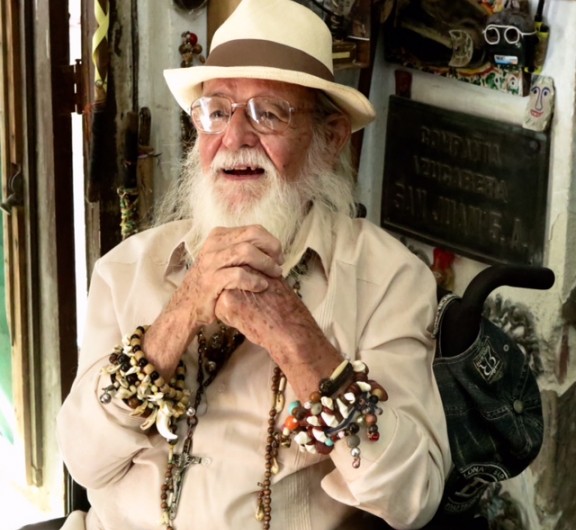

Post your comment
Comments
No one has commented on this page yet.